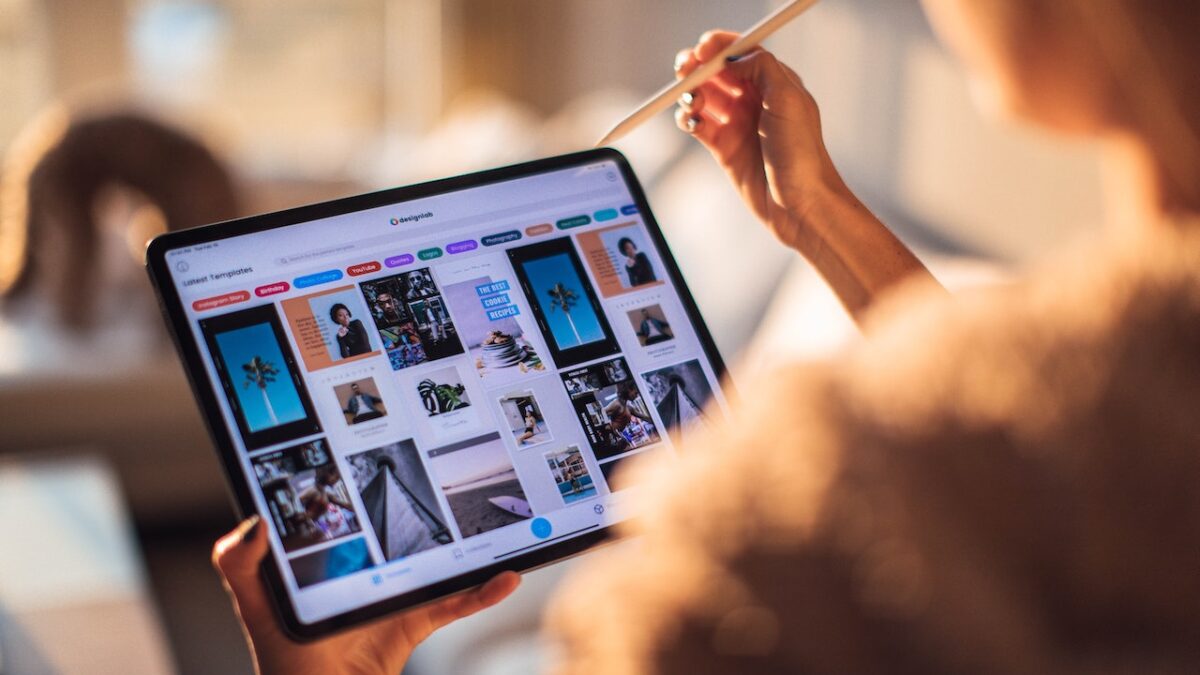Aren’t we there yet?
“Technological change is neither additive nor subtractive. It is ecological. I mean “ecological” in the same sense as the word is used by environmental scientists. One significant change generates total change. If you remove the caterpillars from a given habitat, you are not left with the same environment minus caterpillars: you have a new environment, and you have reconstituted the conditions of survival; the same is true if you add caterpillars to an environment that has had none. This is how the ecology of media works as well. A new technology does not add or subtract something. It changes everything.” – Neil Postman, Technopoly: The Surrender of Culture to Technology
I know what you’re thinking. “Demystifying digital”. What mystery could possibly remain almost a quarter of a century after Y2K? We pay for things by magically waving our phones over a black box. We FaceTime with relatives an ocean away. Our kids attended virtual classrooms during the pandemic. We watch what we want, where we want, when we want on a plethora of streaming apps. We no longer shop ‘til we drop — we never even have to get out of bed in the first place. To paraphrase Ariana Grande: We see it, we like it, we want it, we got it. Yeah.
So many of us have so seamlessly digitally transformed our day-to-day lives, yet our organizations still grapple with understanding what a digital workplace or a digital workforce really means.
I started my career in publishing in the early 2000s. I worked for a small, government-run science press. I entered the role just as the organization had started to adopt email as the preferred method for corresponding with authors on the copyediting and layouts of their articles and posting PDFs — exact replicas of the print-published articles – on the journals’ websites. We considered ourselves, at the time, to “be digital”. We offered our product in digital format, ergo we were digital. Right? Job well done.
Digital Transformation hit the publishing industry early and hard. We saw the change as being simply additive. In addition to our print journals, we offered PDFs. It was as simple as that… until it wasn’t. Very few of us appreciated how the advent of digital publishing technology would so drastically change the industry: the push for open access to information, how we understand intellectual property and copyright, the impact on advertising and subscription revenues. The ecology changed, and only those who understood their place in the new ecology survived.
Though the impact may no longer be as profound, I still see organizations today struggling with what it means to be digital. Being digital isn’t merely adding another app, giving everyone cooler hardware, or letting people have the option of attending virtual meetings. Being digital isn’t overlaying manual processes onto updated technological infrastructure. As Postman said, it is neither additive, nor subtractive — nor is it a simple swap of one medium for another. (Imagine the chaos if we replaced all of Ontario’s monarch caterpillars with those of the European Gypsy Moth?)
So, what does it mean to be digital? In my experience working with public sector, private, and non-profit organizations, being digital is understanding your organization as an ecosystem, and the impact a technological change will have on its every facet: processes; tools and other technologies; organizational structure and governance; and most importantly, people.
Being digital begins with a fulsome understanding of the problem to be solved, as well as the effects that solving the problem will have elsewhere in the organization, whether they be beneficial or detrimental.
Being digital requires talking to people about their needs.
Being digital requires empathy and approaching the solution from the user’s perspective and keeping their experience front of mind.
Being digital necessitates granted trust and empowering people to experiment with new ways of fulfilling their roles and responsibilities.
Being digital removes constraints of time, space and geography, underscoring the need for accessible information and fit-for-purpose tools.
Being digital behooves individual accountability and self-organization, particularly among dispersed teams.
Being digital evolves our approach to performance management to focus on our teams’ delivery and not just oversee their time and space.
Being digital encourages management by results rather than management by inputs and activities, because being digital relies on collaboration, cooperation, and alignment across teams.
Being digital changes how, where, and (sometimes) when we work. It is a seismic shift in the day-to-day reality of the newly digital employee, with equal opportunity for individual benefit (such as the ability to work anywhere) or disadvantage (such as the expectation of immediate availability). Recognizing that change and managing it well are the keys to digital success. Becoming digital requires investing in Digital Change Management (DCM) — preparing for the change by listening to team members about how things actually get done, assessing your organization’s readiness for change, and defining the change and its impacts at all levels; managing the change with targeted, tailored communications, coaching and training, and visible leadership; and reinforcing the change by celebrating successes, removing barriers to adoption, and continued communication, coaching and encouragement.
Being digital may feel like a journey to an undiscovered country, but it need not be navigated alone.
Sarah Currie is a Management Consultant and Leader with the MNP Digital Advisory team in Ottawa, Ontario, where she helps public sector organizations adapt to changing digital and social landscapes. The breadth of her experience includes providing project management, change management and analytical services to small and large technology and business initiatives, from digital enhancements to process improvement and cultural transformation. Sarah directs positive change and continuous improvement through a collaborative approach that empowers teams to embrace the experimental mindset. She is a transformational leader driven by challenge, undeterred by obstacles, and committed to furthering standards of excellence within each organization she encounters.

